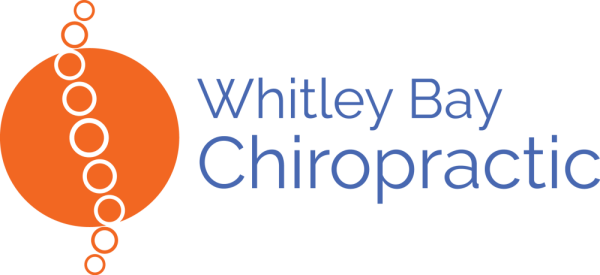Hip Bursitis Treatment UK
Health care providers who use therapy and prescribe exercise, like Manual Therapy UK for more original content, and information on my workshops!
Patient guide: Greater Trochanteric Pain Syndrome (GTPS). aka “Hip Bursitis”, but it is often a glute tendon issue.
- Specific therapy and exercises are effective iexercise
- “Hip Bursitis” aka lateral hip pain or greater trochanteric pain syndrome
- GTPS is a fairly common condition with 15% of women and 8.5% of men suffering the condition at some point.
- Often treated with a corticosteroid injection, but is this wise? I see about two new patients a week with “hip bursitis”, and the following program helps the vast majority of them.
- Study finds ART muscle therapy effective treating glute medius.
- Diagnosed with pain on palpation of the greater trochanter, and pain with passive external rotation plus abduction of the thigh.
- MRI and/or diagnostic ultrasound may reveal swelling, but often these imaging tests do not reveal any obvious abnormality in patients with documented GTPS.
- After one year 36% (29% after five years) of GTPS cases are still symptomatic.
- Most commonly one or two of the four lateral hip bursae are injected, with often poor results. Injecting all four (gluteus medius, gluteus minimus, subgluteus medius and subgluteus minimus) bursae has been recommended by some.
- A high prevalence of cases have leg length discrepancy, ITB syndrome or OA at the knee, suggesting a lower limb biomechanical link. Given the high recidivism rate and the biomechanical link, could it be that in many (or most) cases bursitis is a misdiagnosis and gluteal enthesopathy is the actual problem?
Research
New evidence that gluteal tendinopathy is more common than trochanteric bursitis. A research review was published in 2015, they concluded, “There is a dearth of evidence for any treatments, so the approach we recommend involves managing the load on the tendons through exercise and education on the underlying pathomechanics.”
“The cause of GTPS is usually some combination of pathology involving the gluteus medius and gluteus minimus tendons as well as the iliotibial band. Bursitis is present in only the minority of patients. These findings have implications for treatment of this common condition.” 2013 study of 877 patients
A 2015 study found that patients with glute tendinopathy on one side had weakness of the glutes on both sides.
A 2016 study revealed, “Individuals with gluteal tendinopathy exhibit greater hip adduction moments and alterations in trunk and pelvic kinematics during walking. Findings provide a basis to consider frontal plane pelvic control in the management of gluteal tendinopathy.”
Exercise
Gluteal enthesopathies (GE) are treated differently than a bursitis! An exercise approach of high load isometrics progressing to eccentrics, is recommended for GE. Because it is difficult to rule out a bursitis it is best not to load an elongated tendon isometrically (or with repeated thigh rotation). In general, it is probably not wise to stretch a tendon over an irritated bursa or bone. Stretching (and ill-advised iexercises) were found to make proximal hamstring tendinopathies worse. The same applies when dealing with schial-gluteal bursitis. Load the tendon, but not with it stretched over the underlying bursa or bone. Keep the isometrics in a “safer” range.
Of course, it is important to address any biomechanical issues of the foot and/or knee. I find myofascial release is an effective soft tissue method to increase the flexibility of the hips, and any lower limb biomechanical issues. Chiropractic works well to promote a neurophysiological response to maximize glute activation, and I recommend gentle myofascial release at the enthesis.
You may also like:
High Hamstring Strain: Best Low Compression Exercises
Best Glute Medius Exercises for Runners
Research Based Hamstring Therapy – FIT Institute
The New Age of Golf Training is Creating Stronger and More Athletic Golfers Than Ever Before –STACK
Performance Therapy: Greg Rutherford’s Story – Athletics Weekly
The ART of Active Release Techniques –Telegraph
How is ART different from Sports Massage – 220 Triathlon
Golf Performance Therapy – Titleist Performance Institute
Follow Manual Therapy UK for all my material for health providers.
